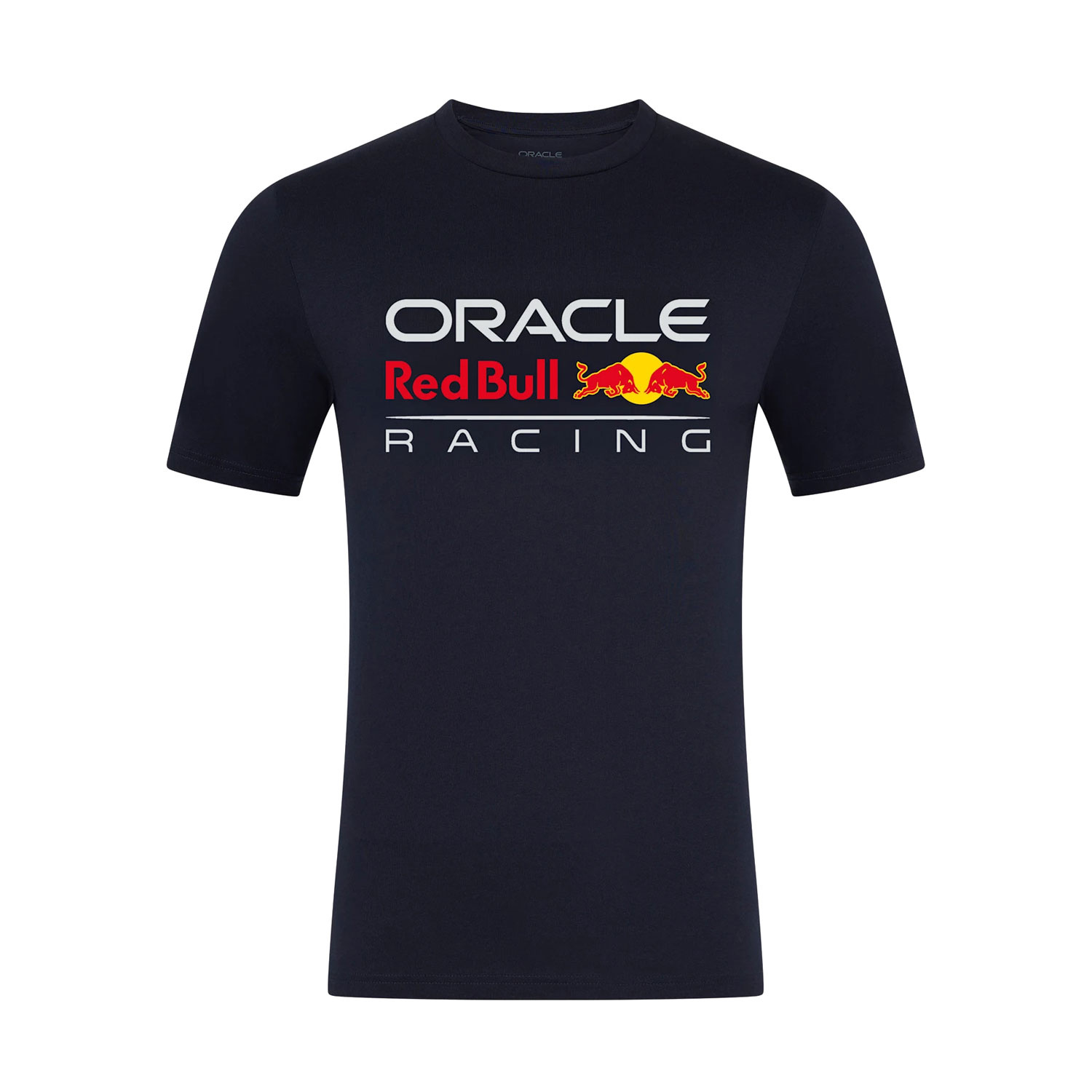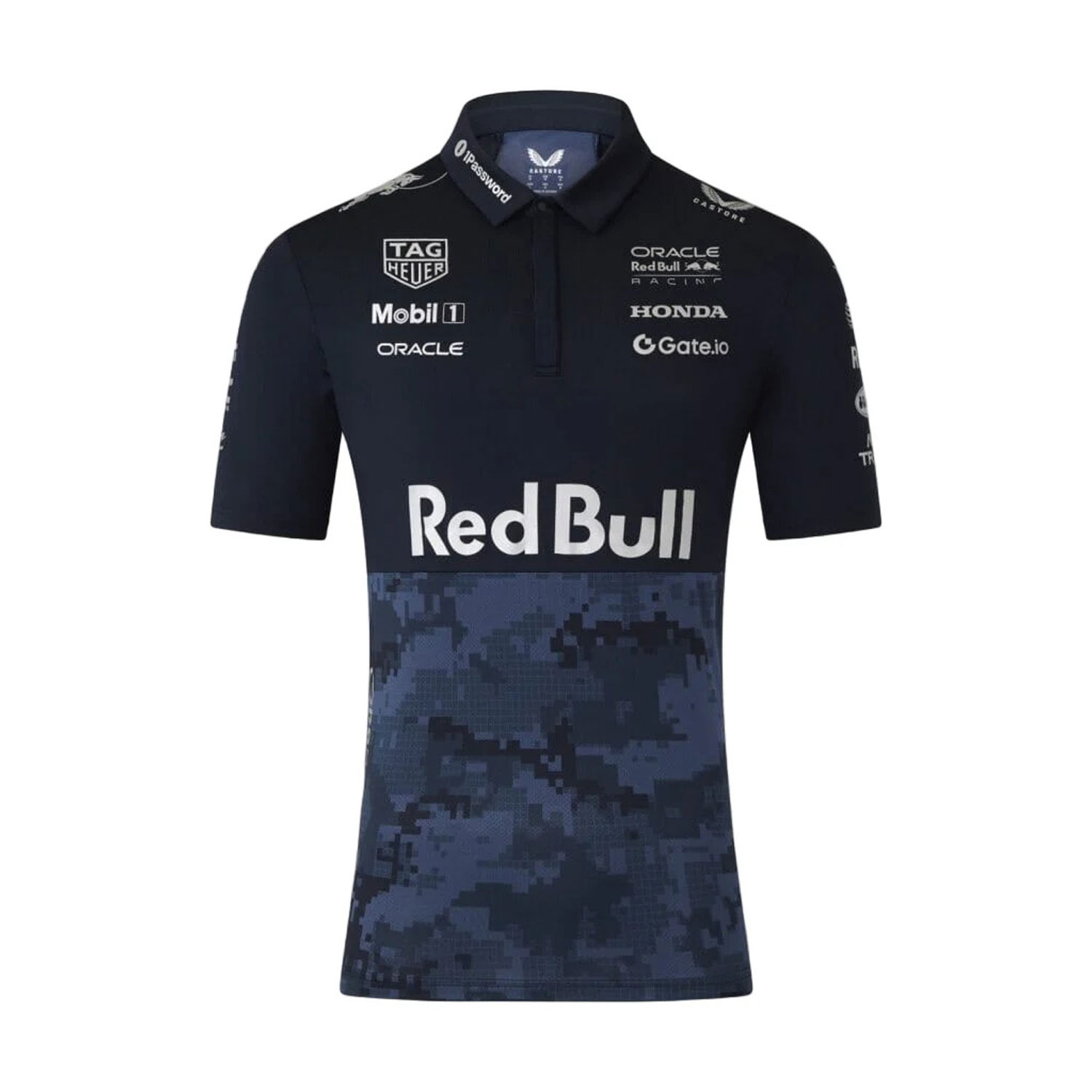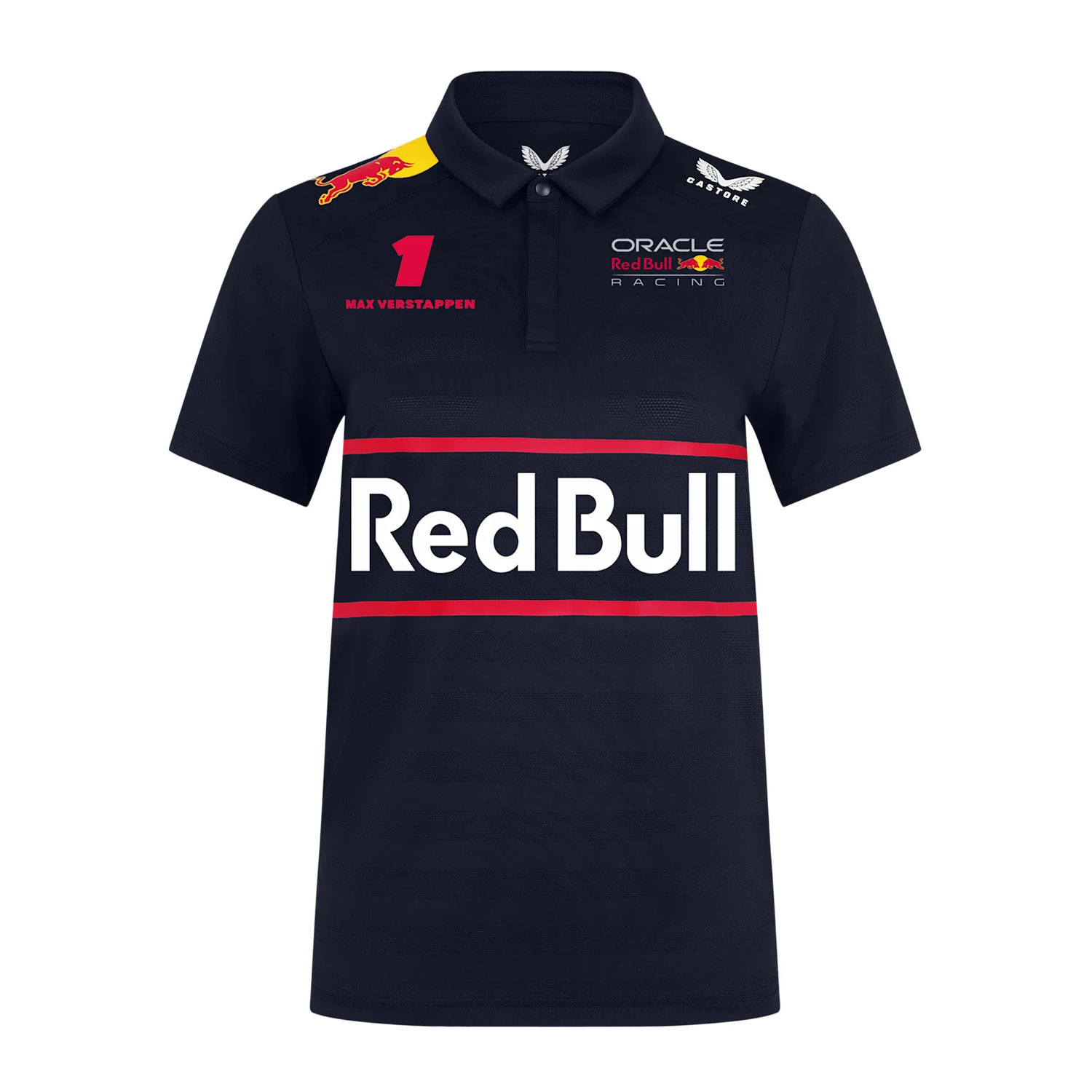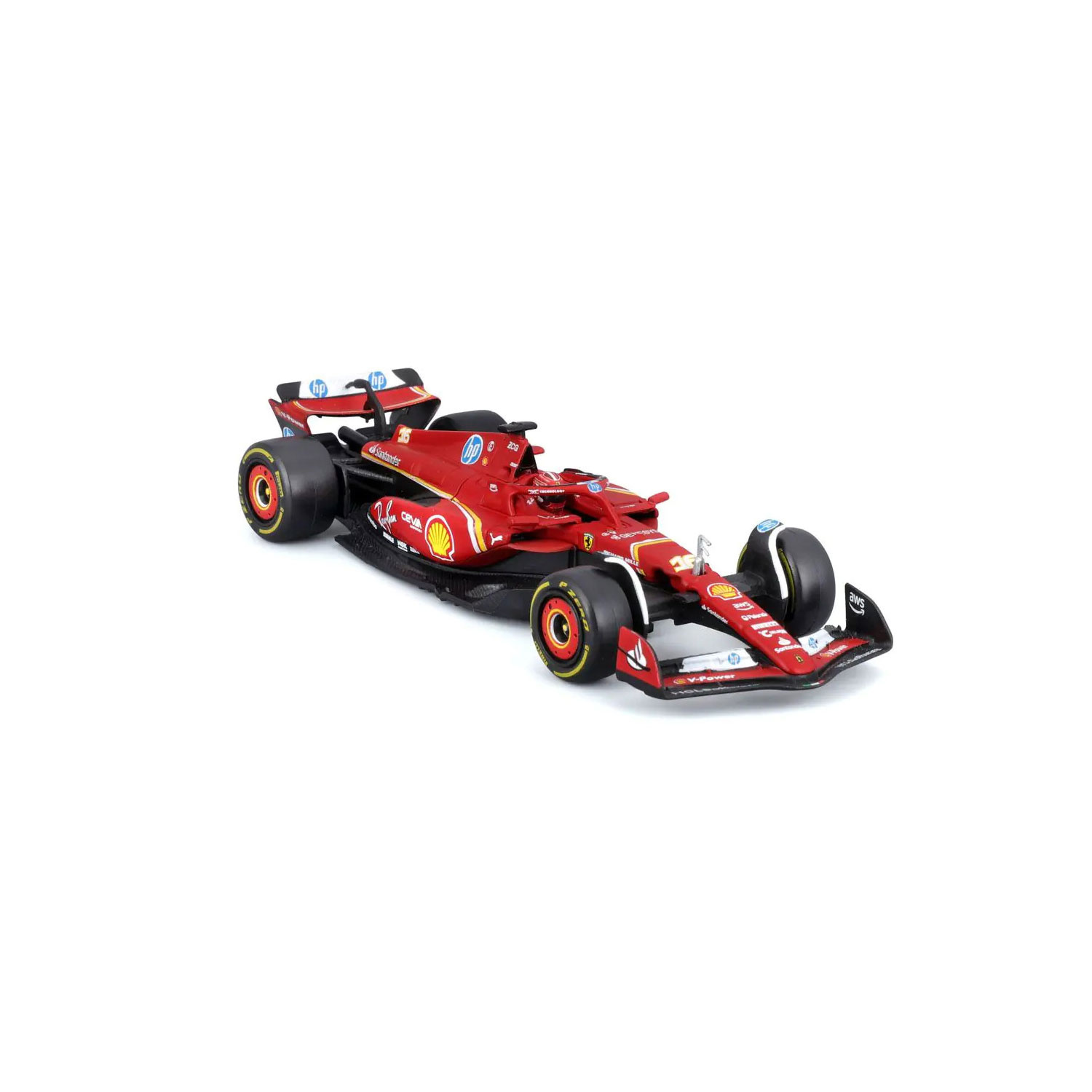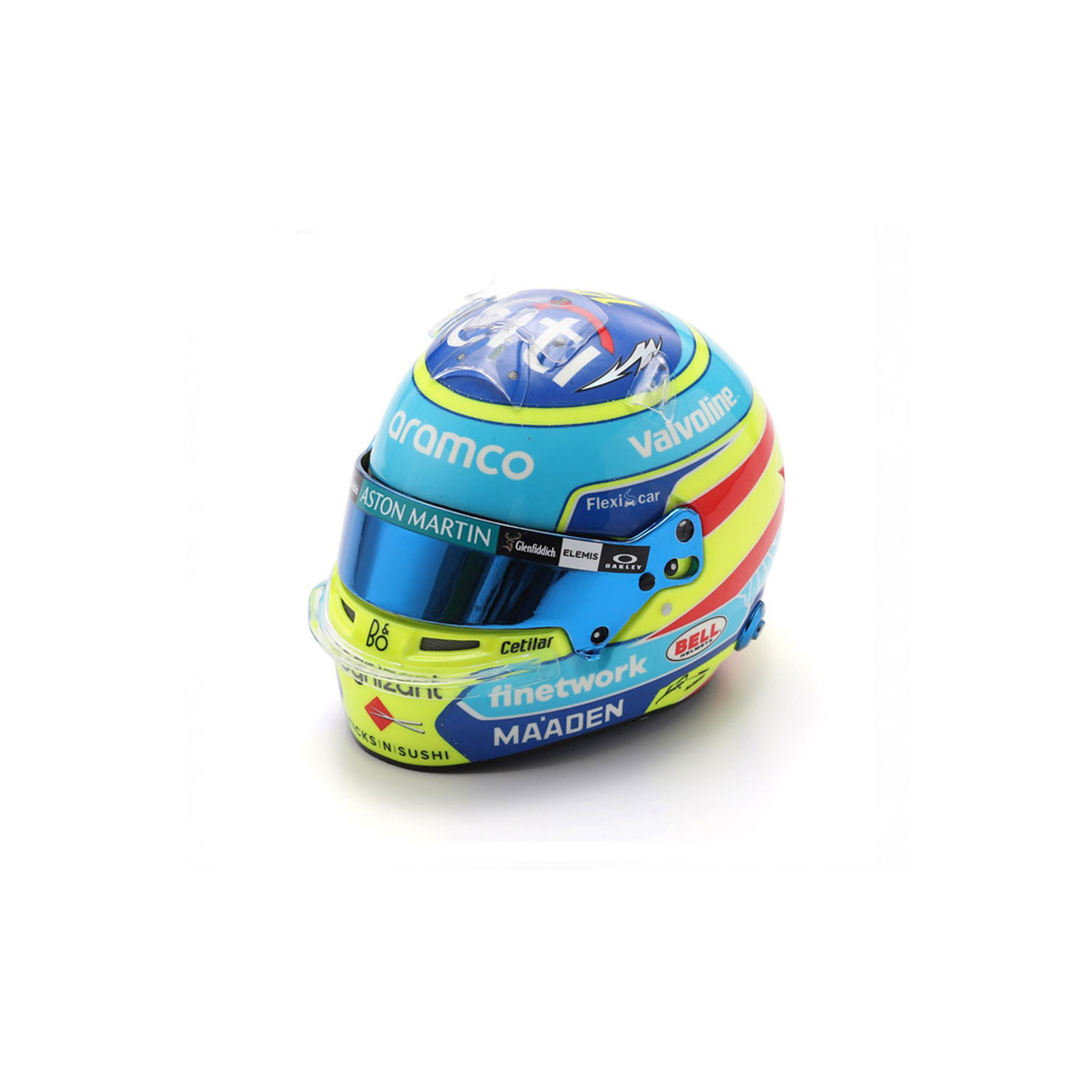How Many F1 Teams Are There?
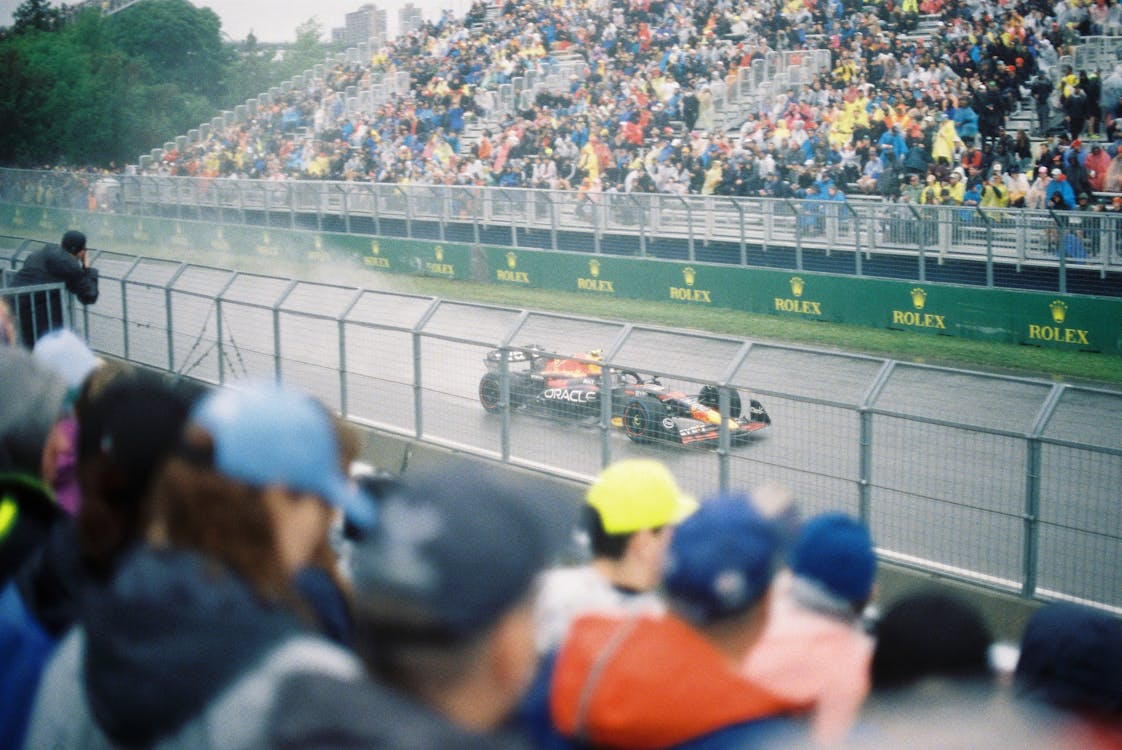
The spectacular world of Formula 1 is defined by the roar of engines, the precision of pit stops, and — of course — the drivers and the teams competing for the championship titles.
Currently, 10 teams are participating in the 2025 Formula 1 season, each fielding two cars and two drivers, resulting in a total grid of 20 drivers.
Let's explore each constructor, take a closer look at the regulations that govern team participation, and discover what makes each Formula 1 team unique in their pursuit of racing excellence.
Top F1 Teams 2025 Lineups
The 2025 Formula 1 season features an exciting mix of legendary names and emerging powerhouses. Each constructor brings their own philosophy, technical approach, and racing heritage to the grid.
At the time of writing, McLaren leads the constructors' championship with 362 points, followed by Ferrari with 165 points, Mercedes with 159 points, and Red Bull Racing with 144 points.1
Given the competitive nature of modern F1, the leaderboard can quickly change.
McLaren
McLaren continues their resurgence as a top-tier competitor, with Oscar Piastri and Lando Norris forming one of the sport's most promising driver partnerships. Their papaya-colored cars represent decades of F1 innovation and success.
Mercedes
Mercedes has undergone significant changes, welcoming young talent Kimi Antonelli alongside George Russell. The German manufacturer's silver arrows remain a force to be reckoned with, backed by their impressive engineering capabilities.
Red Bull Racing
Red Bull Racing features the reigning world champion Max Verstappen paired with Yuki Tsunoda in an unexpected but intriguing combination. The energy drink giant's racing team has redefined what it means to be a works team in modern F1.
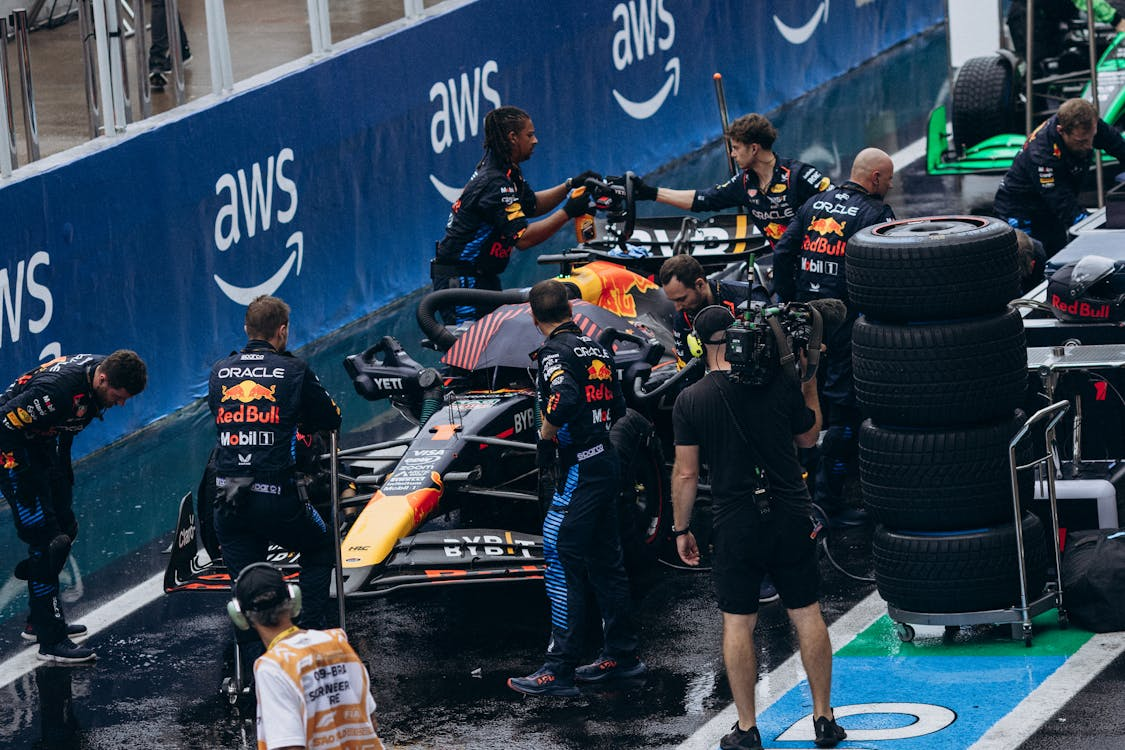
Ferrari
Ferrari, the sport's most iconic name, boasts the ultimate pairing of Charles Leclerc and Lewis Hamilton. This combination of emerging talent and experienced championship-winning expertise makes the Scuderia a fascinating prospect for the 2025 season.
The Complete 2025 Formula 1 Grid
Beyond the top four constructors, the other F1 teams each bring unique stories and ambitions to the Formula 1 season.
Williams
Williams has made impressive strides, with Alexander Albon and Carlos Sainz forming a strong partnership. The British team's rich history includes multiple world championship titles, and their current trajectory suggests a return to competitive form.
Haas
Haas represents the American presence in F1, with Esteban Ocon and Oliver Bearman creating an intriguing combination of experience and fresh talent. The team's lean operation model has proven that smaller budgets don't necessarily mean smaller ambitions.
Aston Martin
Aston Martin continues their methodical approach to F1 success, with Lance Stroll and Fernando Alonso providing stability and experience.
Racing Bulls
Racing Bulls, the sister team to Red Bull Racing, fields Liam Lawson and Isack Hadjar. This team serves as both a competitive constructor and a development pathway for promising drivers within the Red Bull program.
Alpine
Alpine brings French flair to the grid with Pierre Gasly and Franco Colapinto. The team's works relationship with Renault power units makes them a genuine factory team with unique technical capabilities.
Kick Sauber
Kick Sauber rounds out the field with Nico Hulkenberg and Gabriel Bortoleto. The Swiss team's transition toward becoming Audi's works outfit represents one of F1's most significant upcoming changes.
Understanding F1 Constructor Regulations
The FIA Formula One World Championship operates under strict regulations that govern the number of participating teams, with the current limit set at ten. This restriction is strategically designed to maintain competitive racing while preserving the sport's exclusivity.
Each constructor must demonstrate financial stability, technical capability, and operational readiness before obtaining an F1 license. The entry process involves significant financial commitments, including anti-dilution payments to existing teams, ensuring economic balance within the sport.
Teams must also adhere to technical regulations, covering aspects such as power unit specifications, aerodynamic restrictions, and chassis design.2
The 2025 Formula 1 season marks the final year of the current power unit configuration, with significant changes planned for 2026, including the removal of the Motor Generator Unit-Heat (MGU-H) and an increase in power output from the Motor Generator Unit-Kinetic (MGU-K).
To maintain constructor status, teams are required to design and build their own chassis, though they can source specific components, such as engines, from external manufacturers. This regulation ensures that Formula 1 remains at the forefront of automotive engineering and innovation.
Evolution of F1 Team Numbers
The number of teams in Formula 1 has fluctuated throughout the sport's history. The first world championship in 1950 featured various independent entrants, but the modern era has seen consolidation toward the current ten-team structure.
During the 1980s and 1990s, grids often featured 12-15 teams, with some races seeing over 30 car entries, requiring pre-qualifying sessions. However, the financial pressures of modern F1 racing have naturally limited the field to the most viable operations.
The current format ensures that all 20 drivers represent the world's best talent, competing in machines built by manufacturers and constructors with genuine championship aspirations. This concentration of quality has elevated the sport's competitive standard while maintaining its global appeal.
Recent years have seen interest from additional manufacturers and teams wanting to enter F1, but the sport's governing body maintains strict entry criteria to preserve the championship's integrity and competitive balance.
What Makes Each F1 Team Unique
Every constructor brings distinct characteristics to the Formula 1 grid. Some teams, like Ferrari and McLaren, carry decades of racing heritage, while others, like Red Bull and Aston Martin, represent newer approaches to F1 success.
Factory Teams
Factory teams, such as Mercedes, Ferrari, and Alpine, design their own power units, which gives them unique technical advantages and integration opportunities. These works teams often set the technical direction for the sport's development.
Customer Teams
Customer teams purchase engines from manufacturers but focus their resources on chassis development and aerodynamics. Teams like McLaren (using Mercedes power units) and Red Bull Racing (using Honda RBPT units) have proven that customer status doesn't limit championship potential.
The diversity of approaches creates fascinating technical battles both on and off track. Each team's unique philosophy contributes to F1's appeal as both a sporting competition and a showcase of automotive innovation.
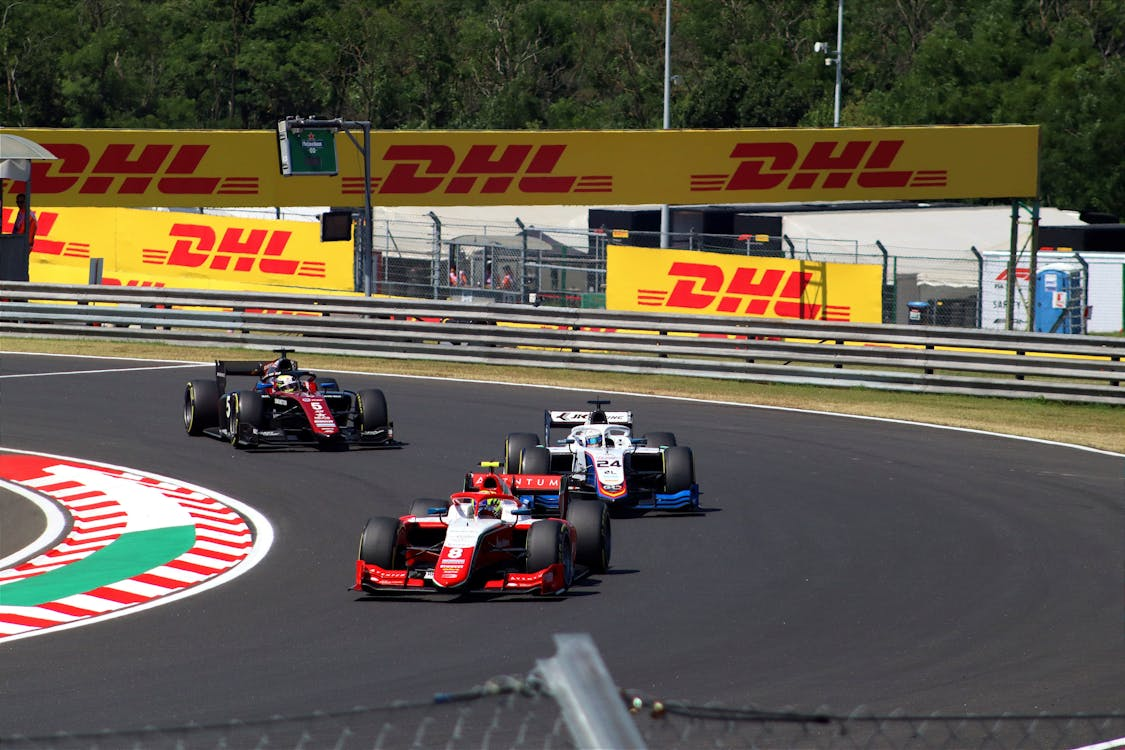
The Future of F1 Team Participation
Looking beyond 2025, the Formula 1 landscape will continue to evolve. The sport's growth in global popularity has attracted interest from additional manufacturers and investors, though the current ten-team structure appears stable for the foreseeable future.
Upcoming regulatory changes, including new power unit specifications and sustainability initiatives, are likely to influence team participation. The sport's commitment to carbon neutrality and advanced technology makes F1 an attractive platform for manufacturers showcasing their innovation capabilities.
The FIA Formula 1 World Championship's expansion into new markets, along with the growing popularity of F1 TV and digital engagement, suggests that the current team structure provides optimal entertainment value while maintaining competitive integrity.
Conclusion
Ten teams compete in the 2025 Formula 1 season. These ten constructors embody the pinnacle of motorsport engineering, featuring 20 of the world's most talented drivers in a championship battle that spans continents and captures global attention.
From McLaren's current championship lead to the legendary rivalry between Ferrari and Mercedes, each team contributes essential elements to Formula 1's compelling narrative. The carefully regulated structure ensures a competitive balance while allowing for technical innovation and sporting drama that make F1 racing so captivating.
Whether you're watching a thrilling Grand Prix battle or supporting your favorite constructor with official team merchandise, you're participating in a sport where every detail matters and every team plays a crucial role in the spectacle.
The current ten-team format has proven ideal for delivering world-class competition while maintaining the exclusivity that makes Formula 1 the ultimate prize in motorsport.
References
1. Formula 1. (2025). 2025 Team Standings - Formula 1. Retrieved from https://www.formula1.com/en/results/2025/team
2. Fédération Internationale de l'Automobile (FIA). (2025). Regulations - FIA Formula One World Championship. Retrieved from https://www.fia.com/regulation/category/110









